Some drinks come and go, but others leave behind a legacy of questionable flavors. The results of these bold experiments didn’t work out for most, but they did manage to create a loyal fan base that still never stops hoping for a comeback. Let’s discuss a few drinks that vanished and why they didn’t survive.
Orbitz (1997–1998)
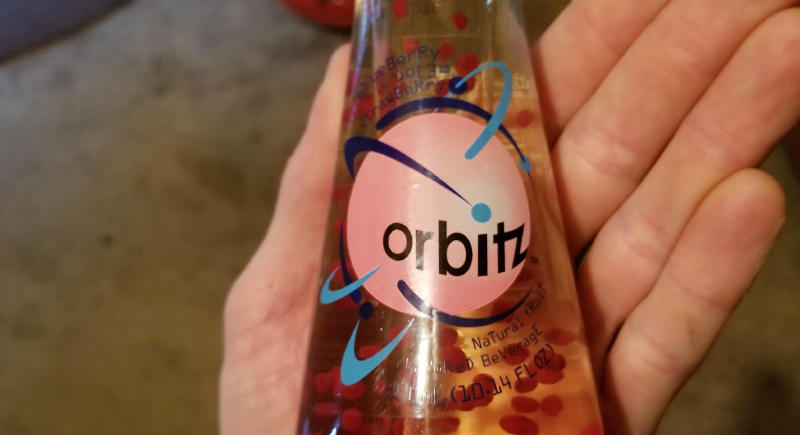
Orbitz seemed like a drink from another planet. It had tiny, colorful gelatin balls floating in a clear liquid. Unfortunately, most people found the texture unappealing despite its eye-catching design. The drink was gone within a year, though unopened bottles still circulate among collectors willing to pay a small fortune for a sip of nostalgia.
Coca-Cola BlaK (2006–2008)
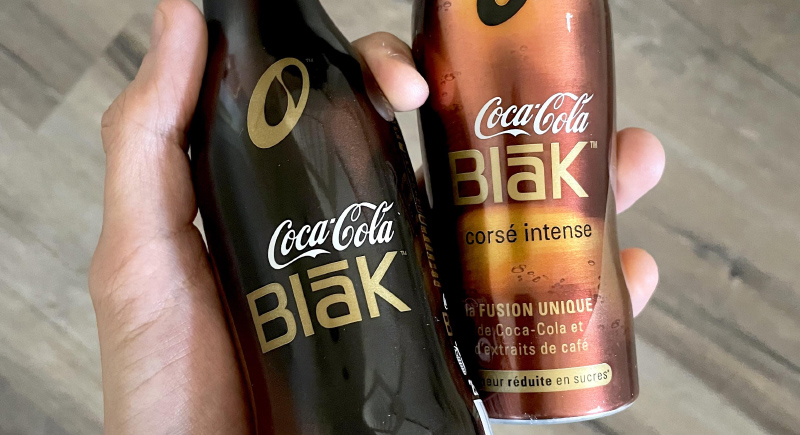
BlaK was born when Coca-Cola decided that soda and coffee should be one drink. The problem was that it had a strange mix of cola, carbonation, and coffee flavoring that confused more taste buds than it satisfied. The drink lasted just two years before disappearing forever.
Crystal Pepsi (1992–1994)
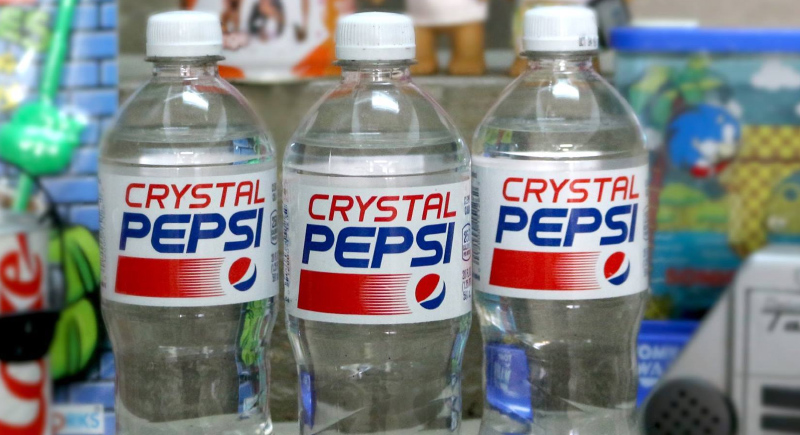
In the early ’90s, Pepsi thought, “What if cola… but clear?” Consumers were intrigued by the idea, but the taste was essentially regular Pepsi without the caramel coloring. It didn’t live up to the hype. The drink was discontinued, though it made a few brief comebacks, mostly for nostalgia’s sake.
Pepsi Blue (2002–2004)
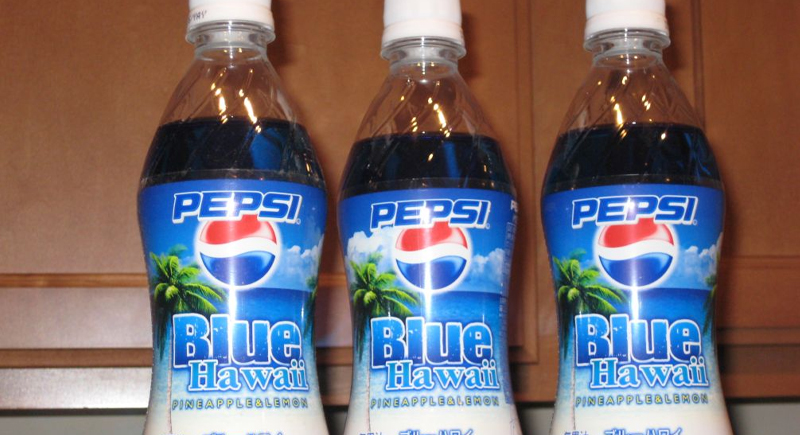
If electric-blue liquid with an intense berry flavor sounds like sugar rush in a bottle, that’s because it was. Pepsi Blue arrived with a blast of marketing aimed at younger audiences. But it was pulled after two years when the artificial taste and color proved too much for most consumers.
Jolt Cola (1985–2009)
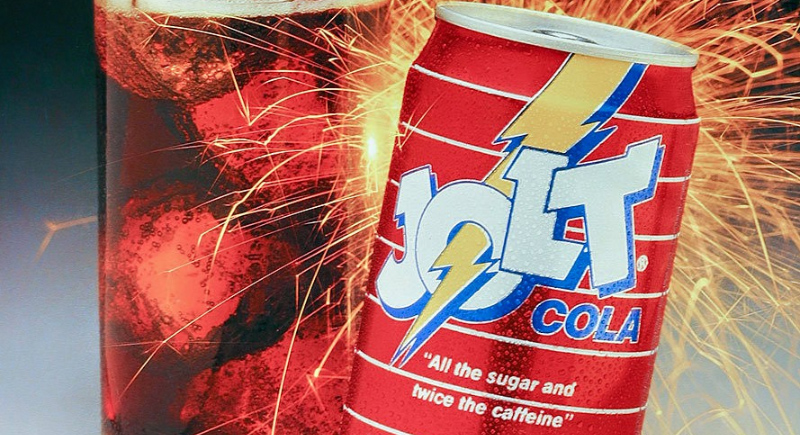
Before energy drinks took over, there was Jolt Cola—famous for packing all the sugar and twice the caffeine. It was a necessity for students, programmers, and anyone who needed to pull an all-nighter. But as mainstream energy drinks like Red Bull and Monster took over, Jolt lost its place.
Hi-C Ecto Cooler (1987–2001)
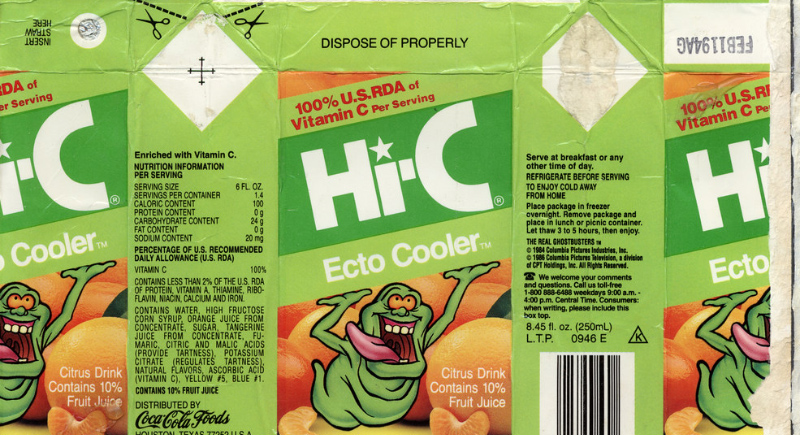
Few drinks have a fan base as dedicated as Ghostbusters fans, and Hi-C Ecto Cooler was their holy grail. This bright green, citrus-flavored drink outlived the movie it was tied to and lasted over a decade. Even after its discontinuation, fans begged for its return.
Honest Tea (1998–2022)
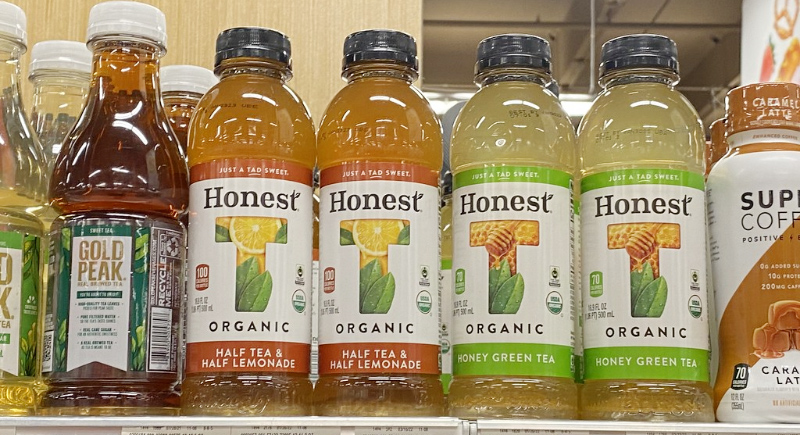
Honest Tea was an organic bottled tea company founded in 1998. It offered a range of low-sugar teas. In 2011, The Coca-Cola Company acquired the brand and integrated it into its portfolio. However, in May 2022, Coca-Cola announced it would discontinue the Honest Tea line by the end of the year due to a strategic shift to prioritize other products.
Zima (1993–2008)
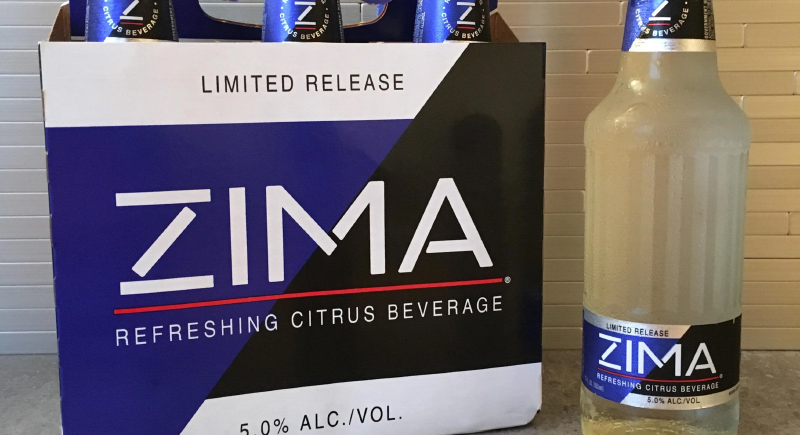
Zima was the clear beer that wasn’t cool enough. It was for people who didn’t like beer but wanted something fizzy and alcoholic. This malt beverage gained popularity in the ’90s but was eventually overshadowed by newer and trendier drinks.
OK Soda (1993–1995)
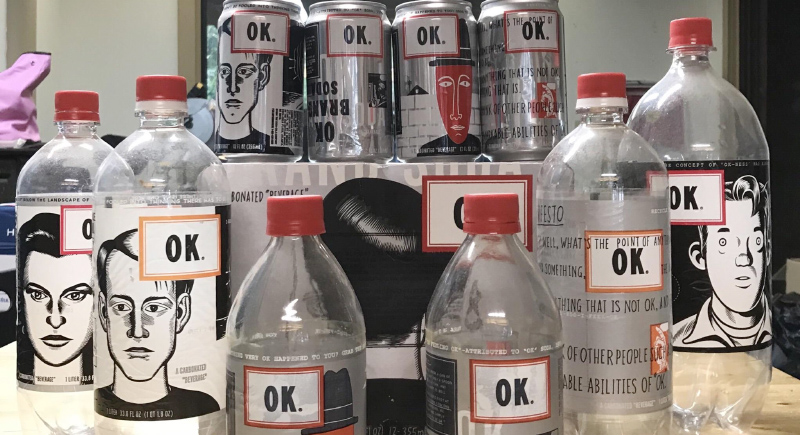
OK Soda’s marketing was way ahead of its time. It was ironically aimed at the Gen X crowd. The only issue was that the drink itself was forgettable. It only lasted two years before being pulled from shelves despite its artsy packaging and cryptic advertising.
Lilt (1974–2023)
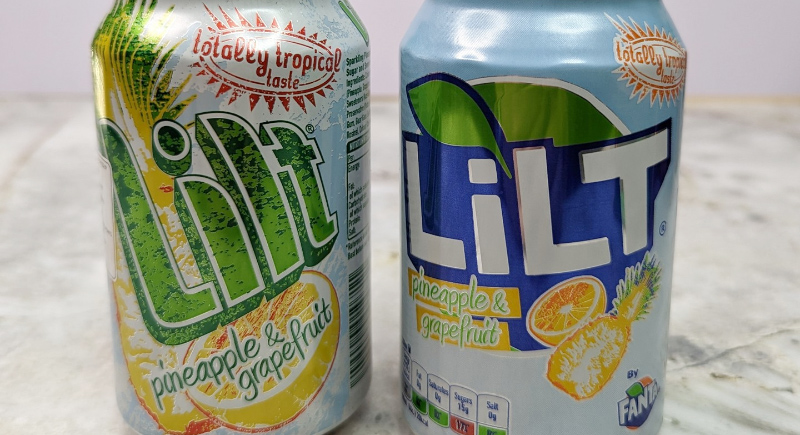
Lilt was a tropical-flavored soft drink introduced in the United Kingdom in 1974 by The Coca-Cola Company. It was known for its distinctive pineapple and grapefruit flavor and was marketed with the slogan “totally tropical taste.” Even though it had a dedicated fan base, Coca-Cola announced in February 2023 that Lilt would be discontinued and rebranded as Fanta Pineapple & Grapefruit.
Surge (1997–2003)
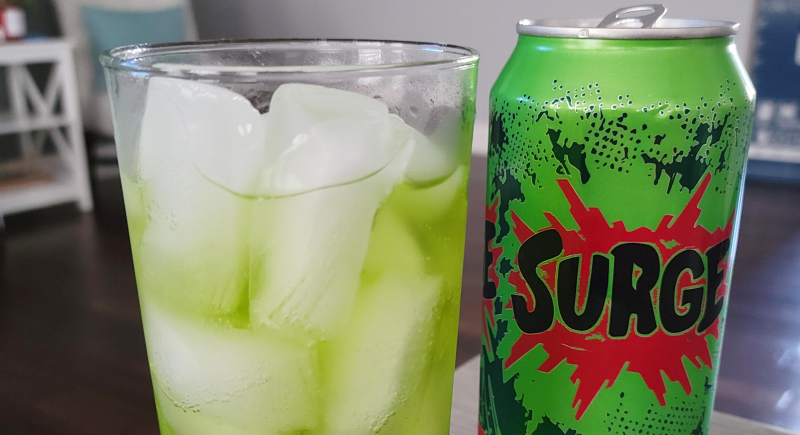
This product targeted fans of extreme sodas as an alternative to Mountain Dew. Surge, a citrusy, neon-green soda, gained quite a cult following upon its introduction. However, sales dropped and led to its discontinuation in the early 2000s. A brief revival in 2014 showed strong consumer interest, but it failed to secure a permanent comeback.
Tab (1963–2020)
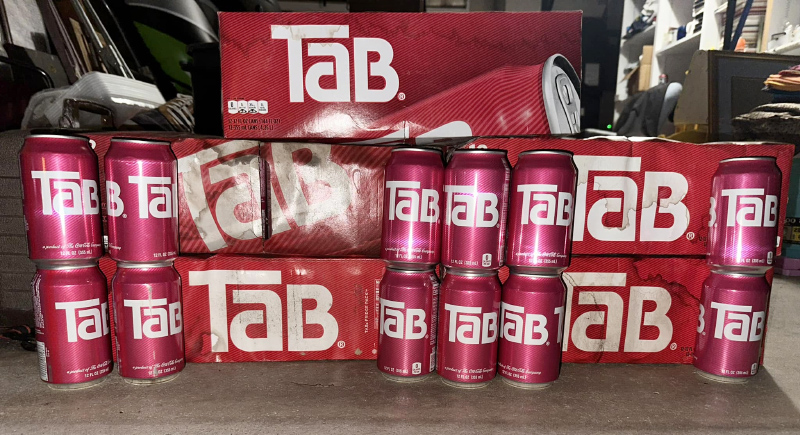
Diet Coke was not even in the picture when Tab enjoyed a loyal following. But it was the only diet drink that could leave a mark despite surviving for decades. The shrinking demand eventually led Coca-Cola to discontinue it in 2020.
Fruitopia (1994–2003)
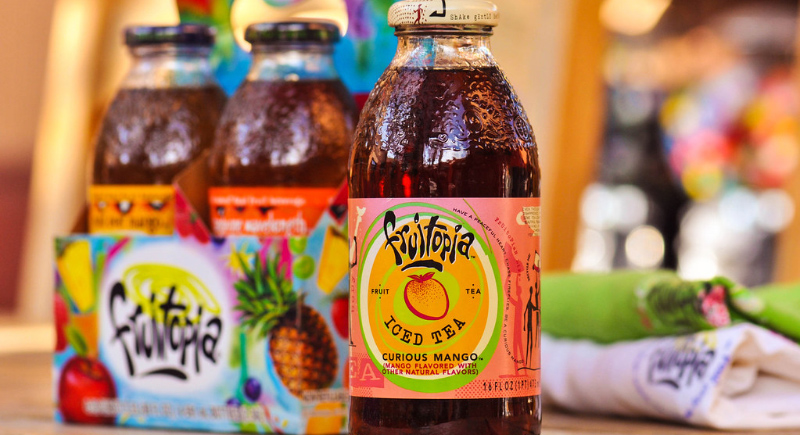
Fruitopia was at its peak in the 1990s and enjoyed psychedelic branding and fruit flavors galore. But as Minute Maid took over Coca-Cola’s juice products, Fruitopia was slowly phased out. Today, it lives on only in the memories of those who grew up with it.
Vault (2005–2011)
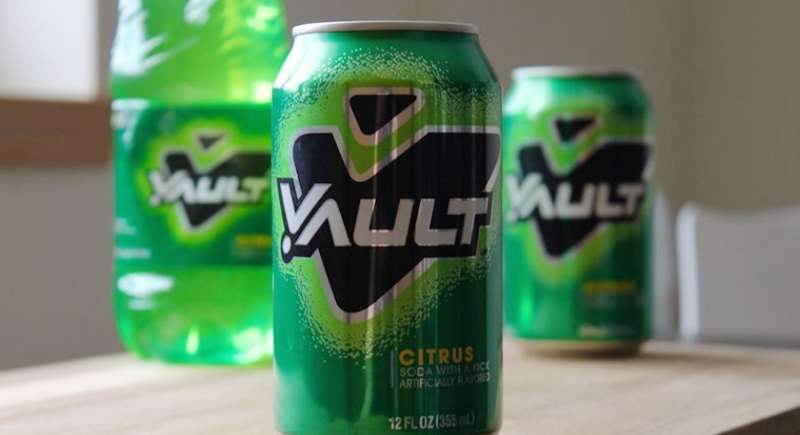
Coca-Cola tried to bridge the gap between soda and energy drinks with Vault. It had a bold citrus flavor and more caffeine than regular soda. But unfortunately, it couldn’t compete with actual energy drinks like Monster and Red Bull. It was quietly discontinued in 2011.
7 Up Gold (1987–1988)
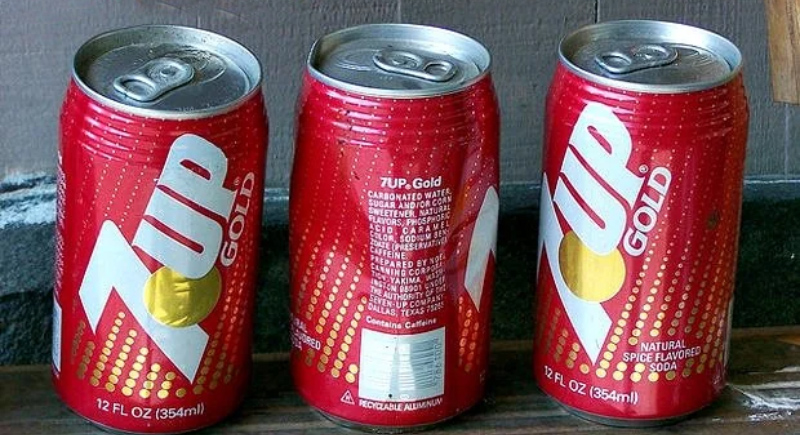
A cinnamon-ginger version of 7 Up—sounds weird, right? Apparently, most people thought so, too, because 7 Up Gold lasted only a year before disappearing. Some say it tasted more like a spiced ginger ale than anything related to 7 Up’s crisp lemon-lime vibe.
Aspen Soda (1970s)
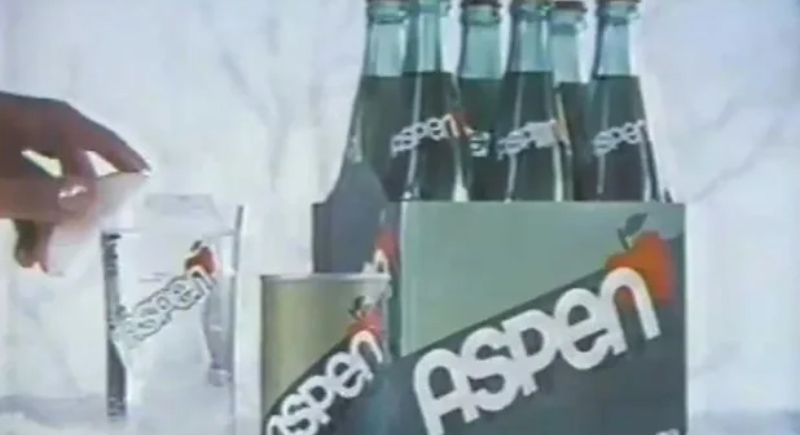
Pepsi’s attempt to introduce an apple-flavored soda to the market resulted in Aspen Soda. This apple-flavored soft drink never became mainstream in the U.S., but it had a loyal niche following. It remains one of Pepsi’s more obscure and forgotten creations.
Dr. Pepper Berries & Cream (2006–2007)
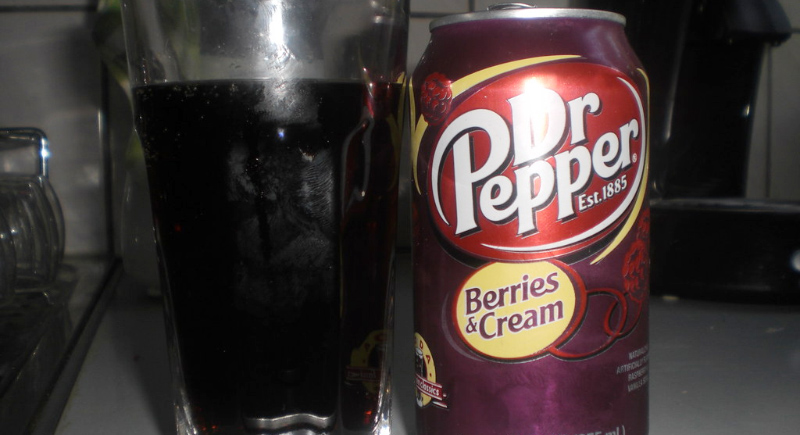
Dr. Pepper took a risk by blending its signature 23 flavors with sweet berry and cream notes. While some found it deliciously unique, others thought it was just too much going on in one sip. It quickly disappeared, but some fans still dream of its return.
Pepsi A.M. (1989)
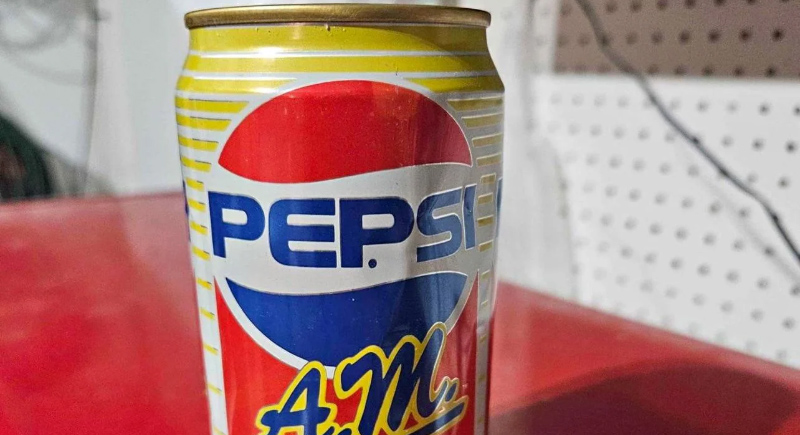
Pepsi wanted to dominate the breakfast scene by introducing Pepsi A.M. This soda was designed with extra caffeine to replace morning coffee. Unfortunately, consumers weren’t ready to swap out their lattes for soda, and the drink was gone within a year.
Crystal Clear Amaretto (1980s)
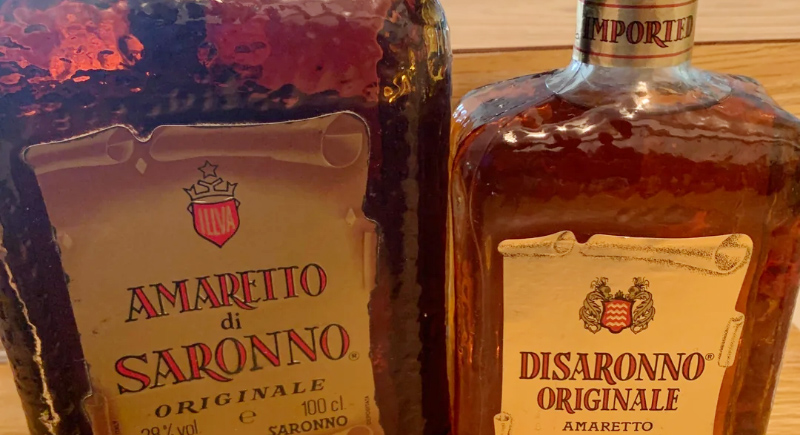
Amaretto, a beloved almond-flavored liqueur, got a modern twist when a clear version hit the market. While it tasted just like the classic, people preferred the traditional amber-hued version. This see-through version proved to be a quick failure.
Coca-Cola C2 (2004–2007)
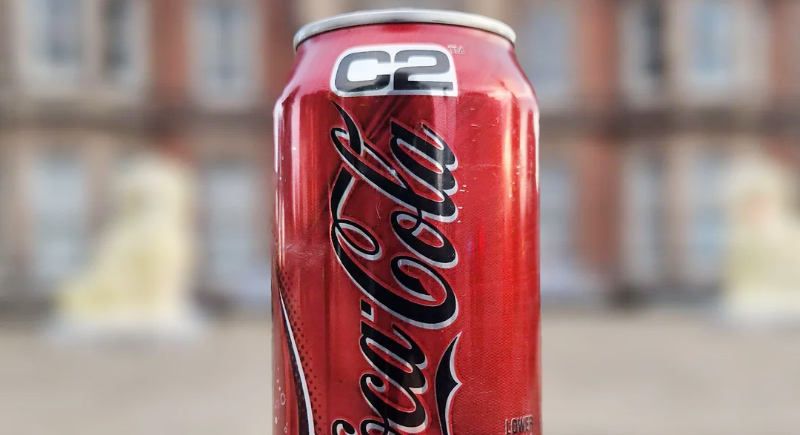
Coca-Cola C2 was meant to be a middle ground between regular Coke and Diet Coke, but it didn’t attract enough fans. Most people either wanted the full sugar experience or a zero-calorie option. This left C2 in an awkward position. The drink was completely gone in just three years.